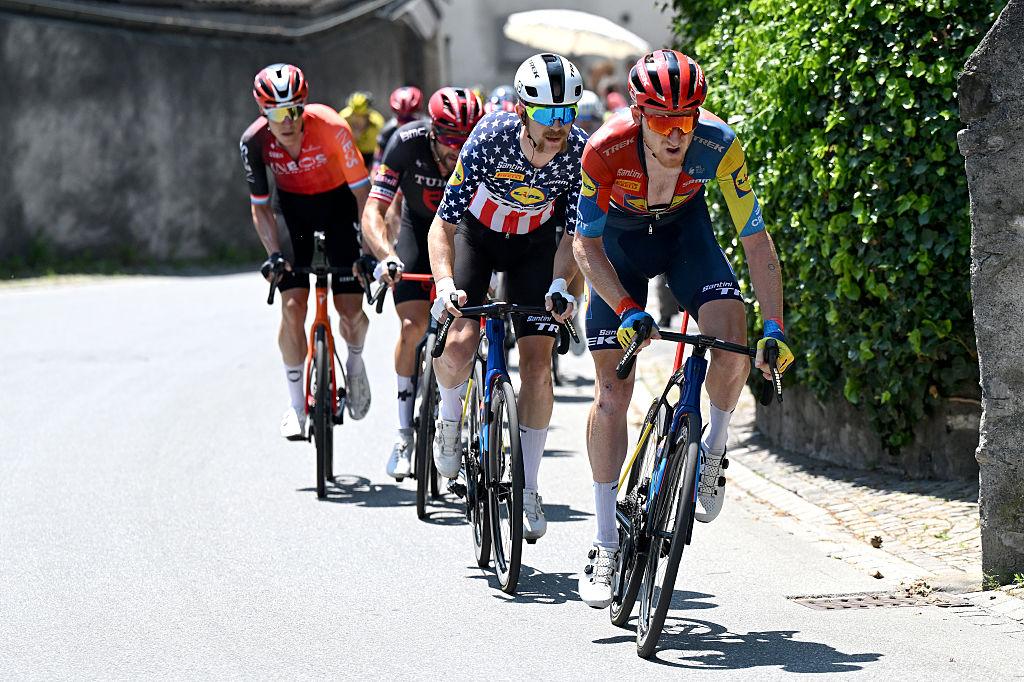New Lapierre Xelius DRS merges the Aircode and Xelius into one aero/lightweight platform
Sixth generation bike is claimed to be faster on the flat and on the climbs
With its new Xelius DRS, Lapierre merges its lightweight and aero bikes into a single platform, replacing both its Xelius lightweight bike and Aircode aero bike.
It’s the latest brand to make its lightweight bike more aero, following the likes of Specialized with the Tarmac SL8, or its aero bike lighter, as with the Gen 8 Trek Madone.
Now more aero
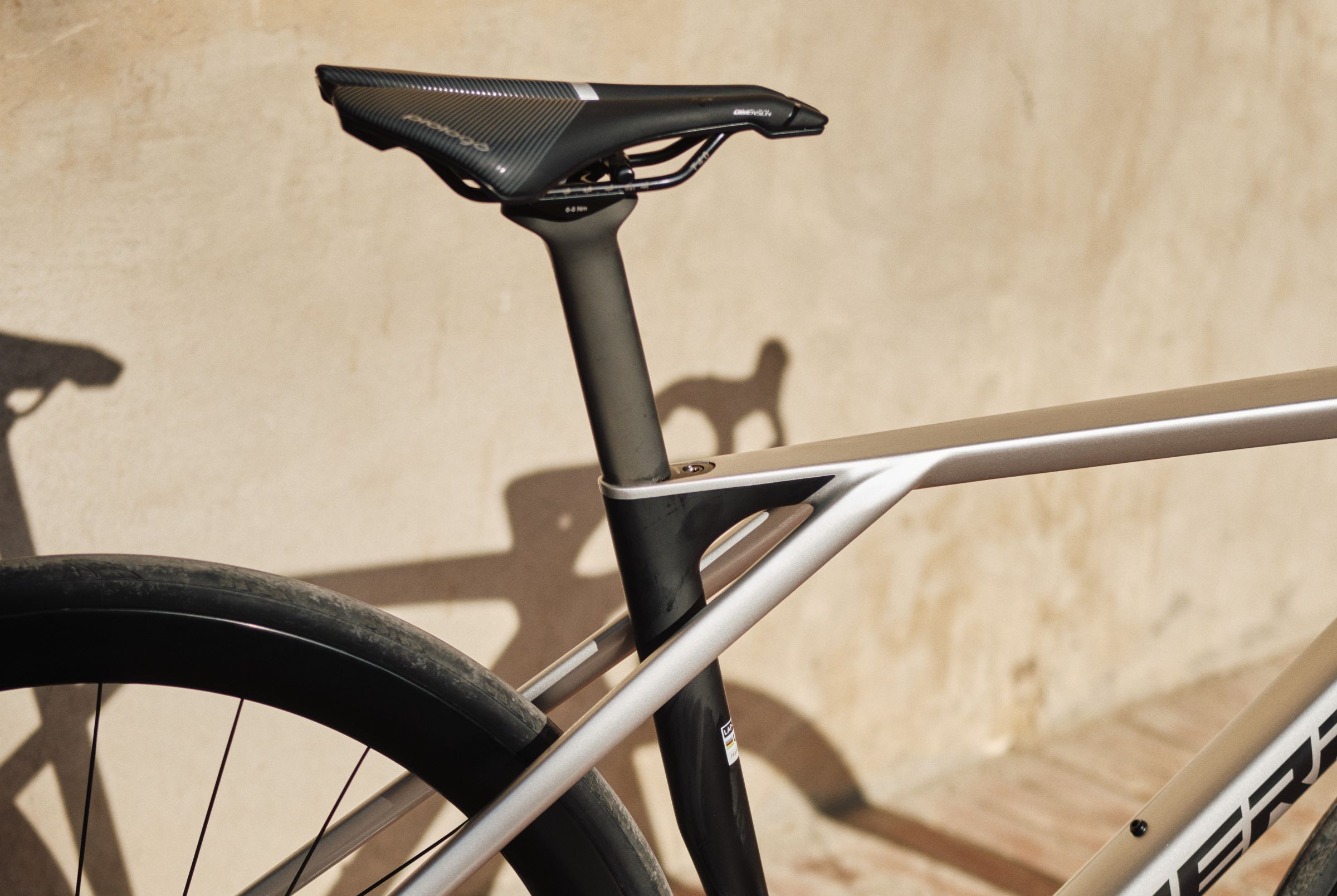
The new bike retains Lapierre’s distinctive seatpost cluster design, which it calls 3D Tubular, where the seatstays merge into the top tube rather than the seatpost. This frees the seatpost, so that it’s connected only to the bottom bracket and top tube, which Lapierre says increases ride comfort and lowers weight.
The 3D Tubular design was introduced in 2015 and has been through three previous iterations on the Xelius as well as featuring in the Aircode and other Lapierre bikes, including a new gravel bike that we spotted at the Gravel World Championships.
Lapierre says that in the new Xelius DRS it’s been made more aero, via changes in the seatstay shape and their anchor points to the top tube.
The new Xelius also has a D-shaped seat tube and seatpost, in place of the previous generation bike’s round elements.
The aerodynamics of the head tube, down tube and fork area have also been improved, so that overall the bike is claimed to be 15 percent more aero than both the previous generation Xelius and the Aircode.
The latest race content, interviews, features, reviews and expert buying guides, direct to your inbox!
Interestingly, Lapierre's numbers suggest that there was little difference in the aerodynamics of the previous generation Xelius and the Aircode, despite the latter's aero bike billing.
Lapierre's aero testing suggests that the new Xelius saves 7.6 watts or 34 seconds per hour on a flat road at 38.4km/h. Head uphill and it claims a 14.6 second time gain on a 4 percent climb and that the new Xelius is faster than its predecessor for a 70kg rider with 300 watts power output on climbs up to 10 percent gradient and for those averaging 180 watts on a 7.5 percent gradient.
But around 50g extra weight
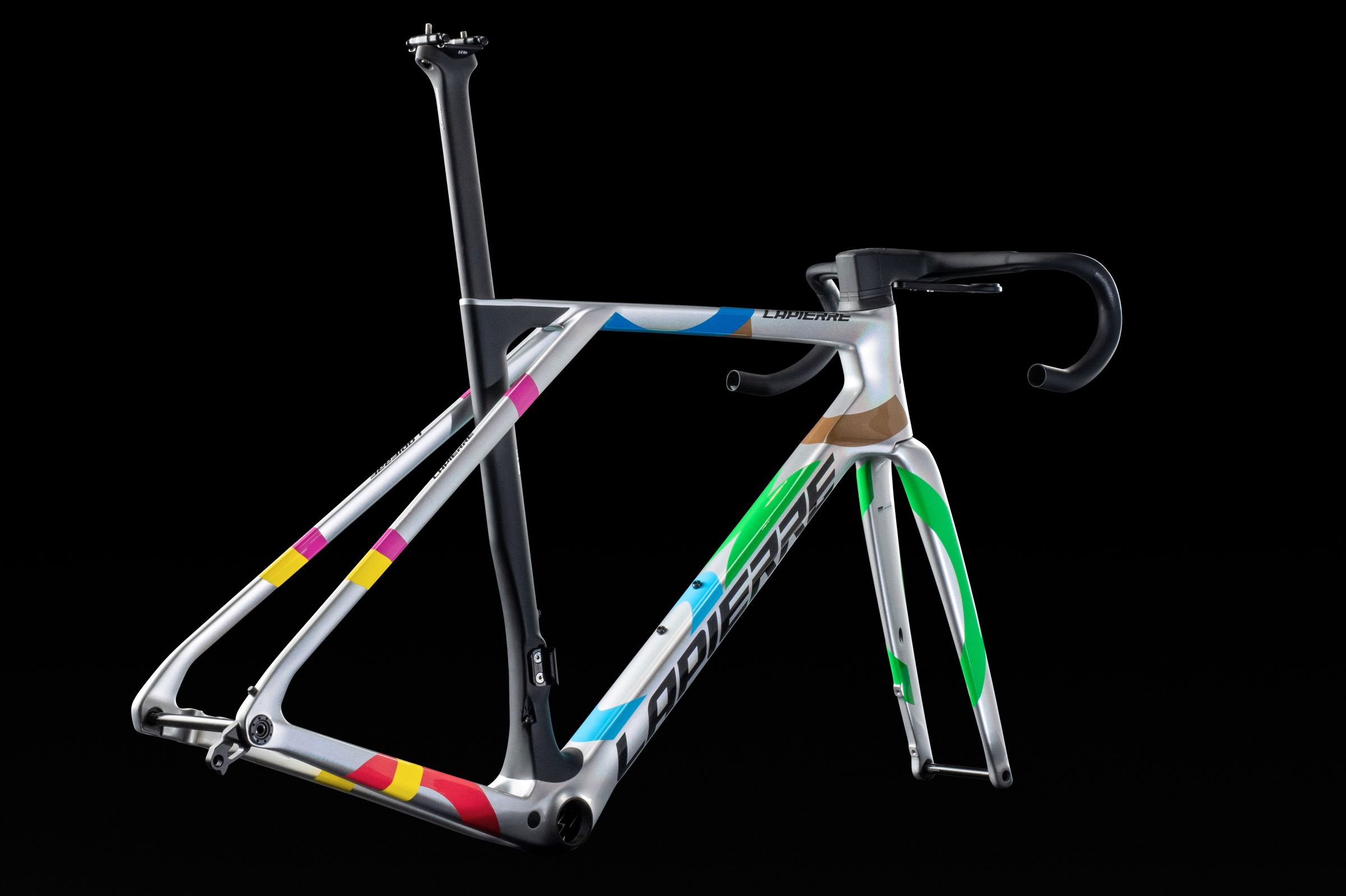
That’s despite a small weight increase over the previous generation Xelius for both the higher spec UD SLI Team frame, used for the Xelius 10.0 (which won’t be sold in the UK) and for the lower spec UD SLI frameset used for the Xelius 5.0 (also not sold in the UK), 6.0, 7.0, 8.0 and 9.0 bikes.
Claimed frame weight for the UD SLI Team frameset in size M is 790g, with the fork weighing 390g, versus the previous Xelius’s 745g and 360g.
For the UD SLI frameset, the equivalent figures are 908g and 425g, versus 855g and 392g.
Despite the weight increases for the Xelius platform, those figures make the new frames lighter than the Aircode by 185g and 104g respectively.
New components and semi-integrated cockpit
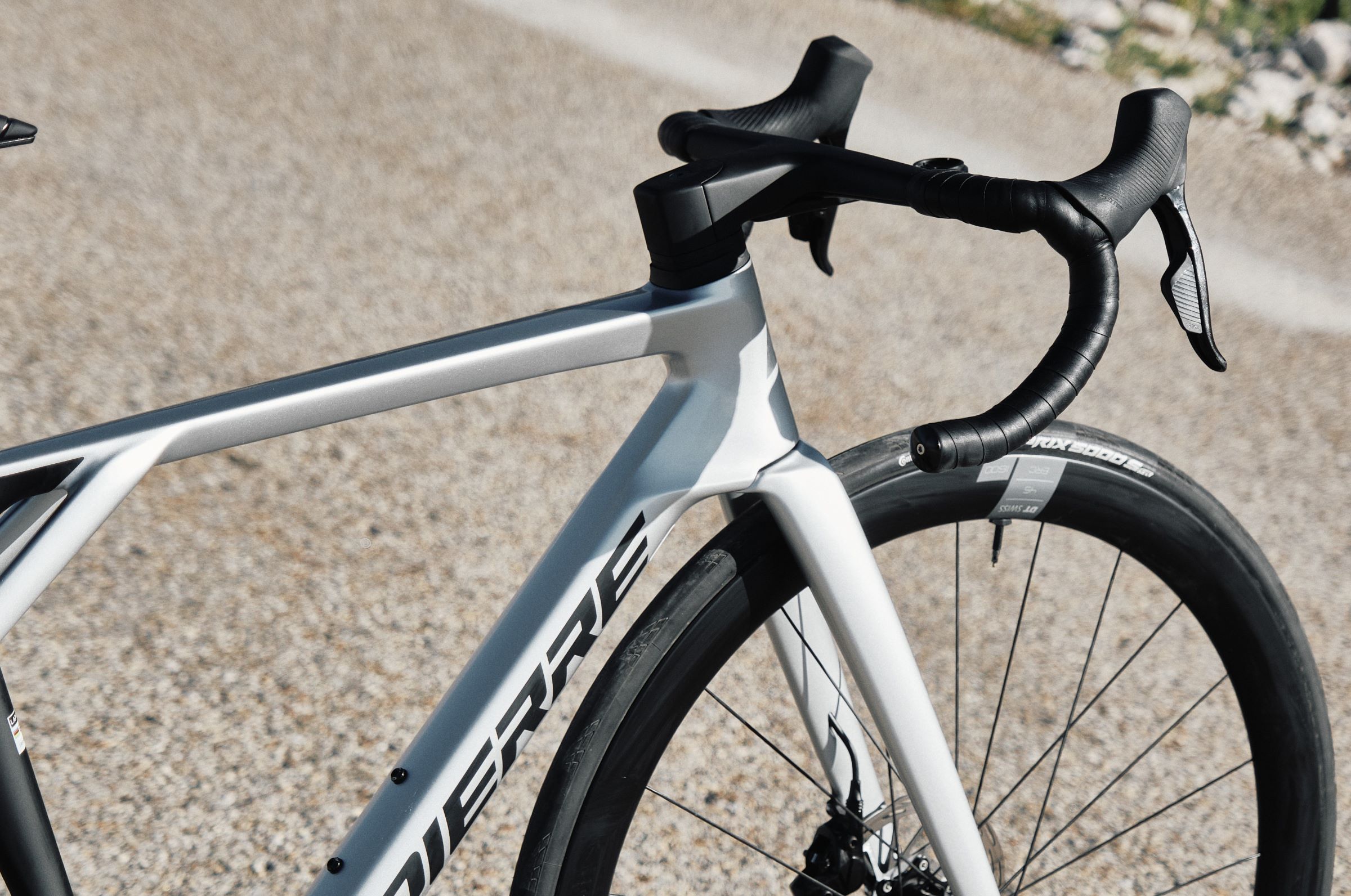
Lapierre has also updated the Xelius’s cockpit and seatpost. It equips higher spec 8.0, 9.0 and 10.0 bikes with a one-piece carbon bar/stem with a 325g claimed weight, 1cm narrower tops and semi-integrated routing which places the brake hoses under the stem.
The 5.0, 6.0 and 7.0 specs get a new stem, which also provides semi-integrated routing. It’s paired with carbon bars in all three specs.
The previous round seatpost has been replaced by an aero carbon design weighing a claimed 128g and available in two setback options.
The final new component is a custom 45mm deep, 22mm internal width DT Swiss ERC 1600 wheelset with DT 350 hubs, which Lapierre fits to its 8.0 spec bikes. All specs are fitted with 25mm tyres, despite the Xelius frameset’s 32mm clearance, which is the same as the previous generation bike but an increase on the Aircode’s 28mm clearance.
All specs of the Xelius are fitted with Shimano electronic groupsets, ranging from 105 Di2 up to Dura-Ace.
New Lapierre Xelius DRS range and prices
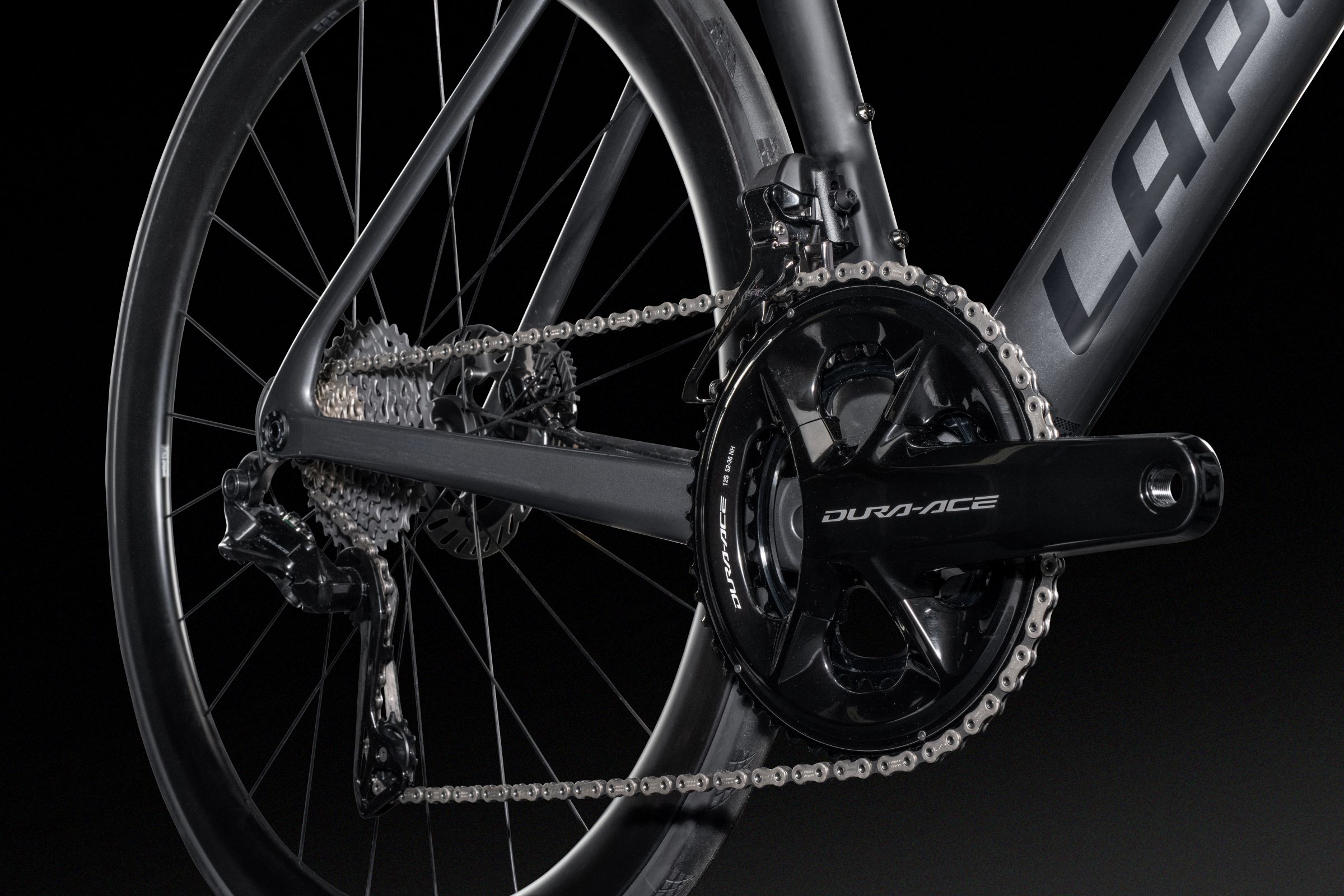
As mentioned, the Xelius 5.0 and 10.0 will not be sold in the UK, nor will the frameset-only option.
The Xelius DRS 6.0 has a compact Shimano 105 Di2 groupset and DT Swiss E1800 alloy wheels. It has a claimed weight of 8.4kg and is priced at £3,699.
The Xelius DRS 7.0 steps up to a semi-compact Shimano Ultegra groupset with the same alloy wheels. Its claimed weight is 8.2kg and it’s priced at £4,499.
The Xelius DRS 8.0 has the same Shimano Ultegra groupset, but switches to DT ERC 1600 Spine carbon wheels. Its claimed weight decreases to 7.5kg and it’s priced at £5,399.
The Xelius DRS 9.0 is the final UK spec and is equipped with Shimano Dura-Ace and DT Swiss ERC 1400 Spline carbon wheels. Lapierre claims a 7.2kg weight and the bike is priced at £7,399.
Lapierre has added an XXL size, which it says is suitable for riders over 1.95m in height, so it now has six frame sizes available, up from the previous generation’s five.
Paul has been on two wheels since he was in his teens and he's spent much of the time since writing about bikes and the associated tech. He's a road cyclist at heart but his adventurous curiosity means Paul has been riding gravel since well before it was cool, adapting his cyclo-cross bike to ride all-day off-road epics and putting road kit to the ultimate test along the way. Paul has contributed to Cyclingnews' tech coverage for a few years, helping to maintain the freshness of our buying guides and deals content, as well as writing a number of our voucher code pages.
